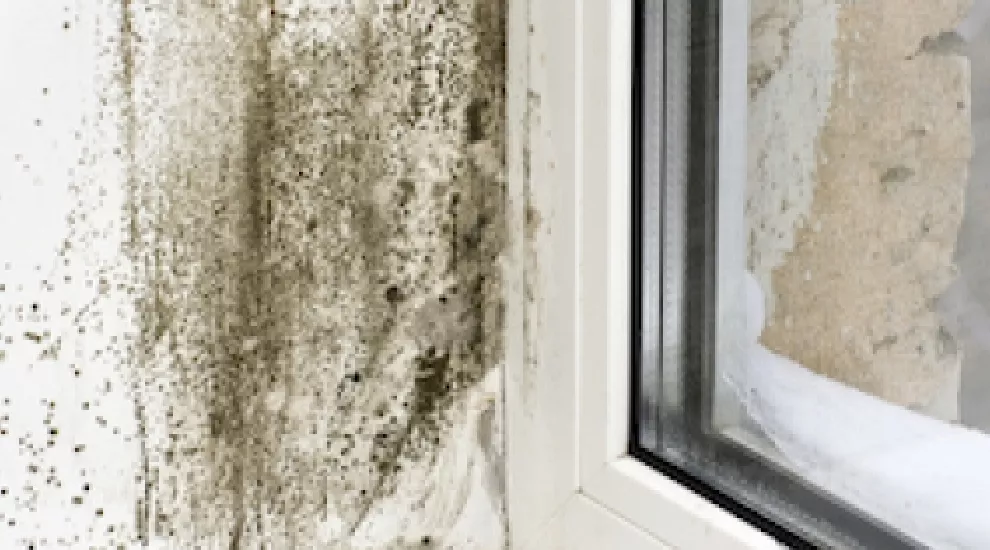
Many people in S.C. are experiencing problems with mold in their homes, related to the recent flooding. As mold imposes several health risks, it’s important to know how to identify and dispose of it.
Mold can be detected by using your senses of sight and smell. It can usually be found on walls and ceilings, as spots, and can be several different colors. Mold also has a strong musty, earthy smell.
According to the South Carolina Department of Health and Environmental Control, the people who are at the highest risk from mold are those who are allergic to mold, have asthma, allergies, or any other breathing conditions. Also, people with chronic lung conditions or weak immune systems could be especially at risk to mold infections in their lungs.
Some other health problems caused by mold include respiratory problems, nasal and sinus congestion, eye irritation, nose or throat irritation, skin irritations, nervous system issues, and aches and pains.
If you decide to clean the mold yourself, you should take certain precautions. The Environmental Protection Agency suggests that you buy an N-95 mask at a home supply store to wear while cleaning. You should also make sure that the area you are cleaning is well ventilated.
Hard surfaces and non-porous items (such as tile floors, tubs, showers, metal objects, countertops, and other nonabsorbent surfaces) can be cleaned with a general household cleaner and hot water. Spray the mold with the cleaner and then again with warm water, then wipe with a clean towel. Repeat this process until all the mold is gone.
The EPA warns not to mix bleach with other household cleaners, as it can produce harmful toxic fumes.
Items that are porous (such as drywall, upholstered furniture, mattresses, and carpet) soak up water and therefore may need to be replaced, if they don’t dry within 24-48 hours of the water damage.
